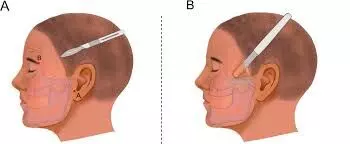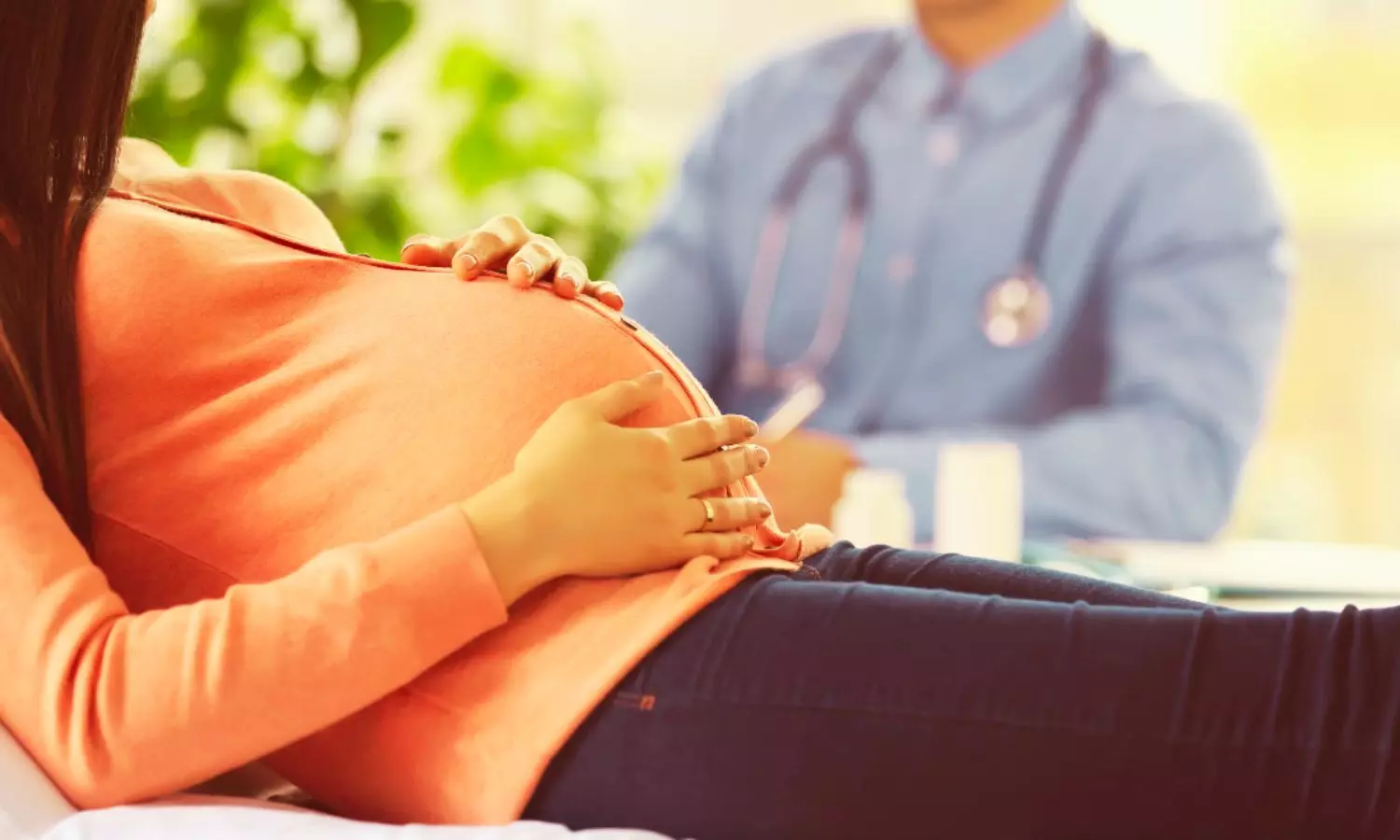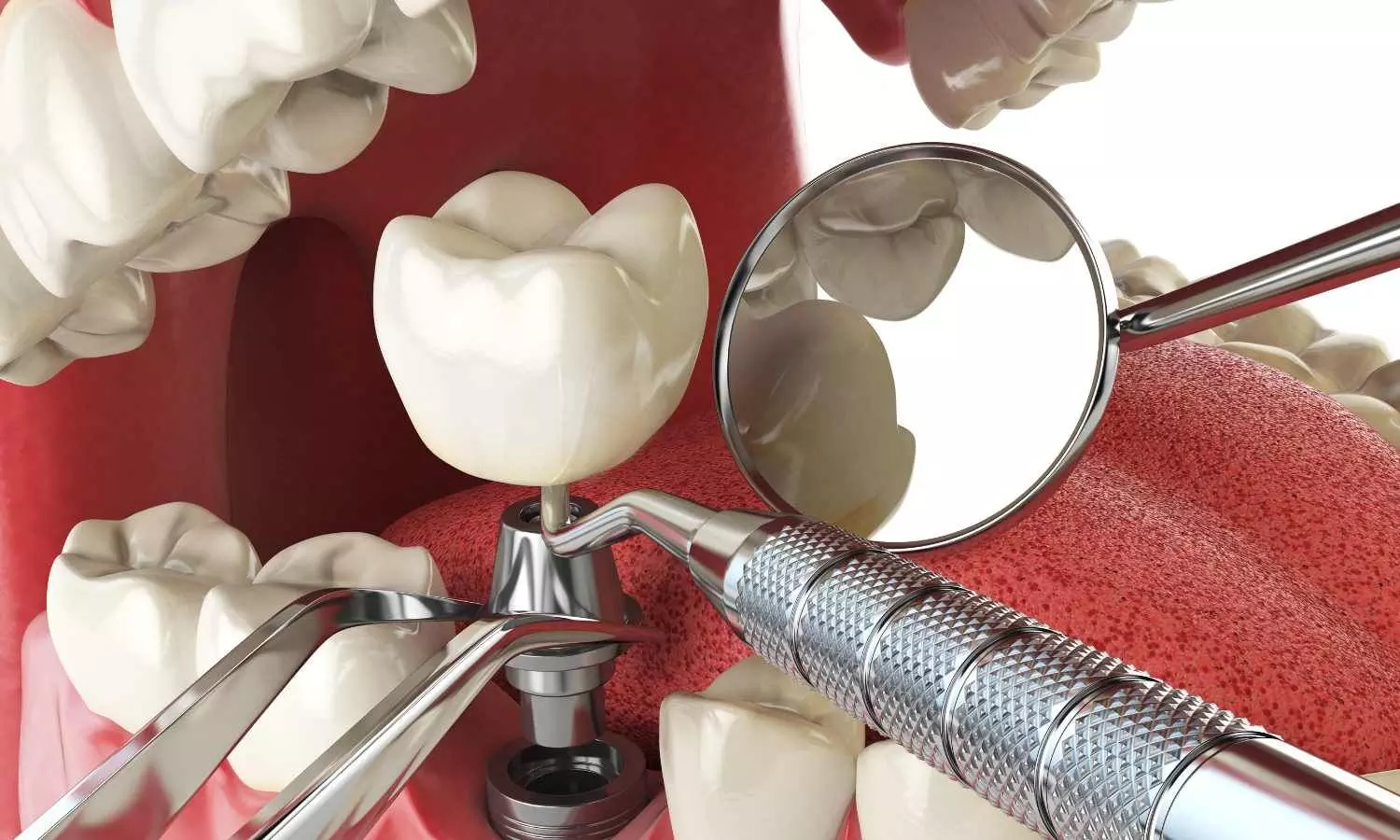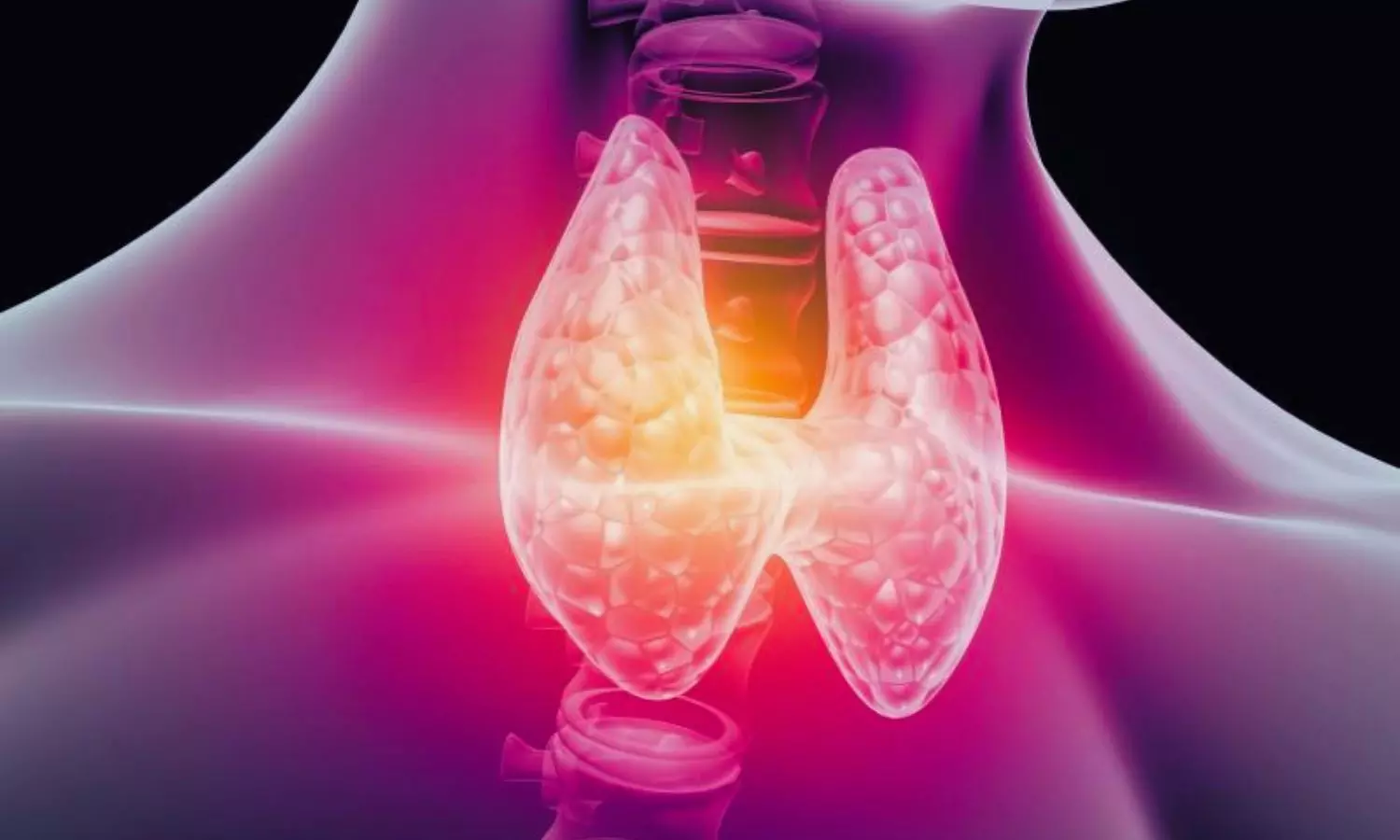How satisfied are you with your mattress? Research develops and tests a tool to find out
Powered by WPeMatico
Powered by WPeMatico
Powered by WPeMatico
Powered by WPeMatico
Powered by WPeMatico
Powered by WPeMatico

Researchers have found in a new research that modified temporal hairline approach reduces the risk of temporal branch of the facial nerve (TBFN) injury while leaving minimal scarring. This technique provides a safe and effective surgical option for osteosynthesis of zygomatic arch fractures.
Zygomatic complex fractures are prevalent among maxillofacial bone injuries due to the prominence of the zygomatic arch, which can significantly impact facial aesthetics and the ability to open the mouth. Although non-surgical interventions are available for mild cases, severe fractures necessitate surgical intervention. The surgical repair of zygomatic arch fractures poses a risk of injuring the temporal branch of the facial nerve (TBFN). This study aimed to develop a modern modification to reduce the probability of common complications. They conducted a retrospective study involving 163 patients at the Department of Oral & Maxillofacial Surgery, West China Hospital of Stomatology, Sichuan University, spanning from March 2021 to June 2024. Our study introduced a novel modification of the temporal hairline approach for the treatment of these fractures. Results: Among the patients who underwent the modified approach (n = 38), there were no instances of TBFN injuries. In contrast, the traditional approach (n = 125) resulted in 17 cases of nerve-related complications. The findings indicate that the modified temporal hairline approach offers distinct advantages in minimizing the risk of TBFN injury with minimally noticeable scarring, while ensuring that the fracture is securely repaired. This provides a new safe surgical approach option for the osteosynthesis of zygomatic arch fractures.
Reference:
Tang, Zh., Jiang, Y., Liu, H. et al. A modified approach for treating zygomatic arch fracture with plate fixation: a retrospective study. BMC Surg 25, 79 (2025). https://doi.org/10.1186/s12893-025-02818-8
Keywords:
Modified, Temporal, Hairline, Approach, Enhances, Zygomatic Arch, Fracture Repair, reports, research, Tang, Zh., Jiang, Y., Liu, H, Maxillofacial injuries, Facial nerve injuries ,Fracture fixation, internal, Minimal surgical procedure
Powered by WPeMatico

Indonesia: A recent study published in the International Journal of Women’s Health has revealed a significant correlation between calcium and hemoglobin levels in pregnant women at 35 weeks or later and the anthropometric measurements of their newborns.
The researchers revealed that lower calcium levels (mean: 2.19 mmol/L) and hemoglobin levels (mean: 11.55 g/dL) in pregnant women during the third trimester were linked to shorter newborns, with low hemoglobin levels also being associated with lower birth weight. They observed a positive correlation between maternal calcium and hemoglobin levels and newborn length and weight, highlighting the crucial role of sufficient calcium and iron intake during pregnancy.
Calcium and hemoglobin are vital for fetal growth and development, with calcium supporting bone formation, muscle function, and overall development, while hemoglobin ensures proper oxygen transport to the fetus. Deficiencies in these nutrients during pregnancy can lead to complications, impacting maternal health and fetal growth.
Given the potential consequences of calcium and iron deficiency anemia, including low birth length and weight, Chatrine Aprilia Hendraswari, Program Study of Midwifery, Faculty of Medicine, Universitas Padjadjaran, Bandung, Indonesia, and colleagues aimed to explore the correlation between maternal calcium and hemoglobin levels in the third trimester and the anthropometric measurements of newborns.
For this purpose, the researchers conducted a prospective cohort study involving 120 third-trimester pregnant women at ≥35 weeks and their full-term newborns, selected through convenience sampling. The study was conducted between March and May 2024. Maternal calcium levels and complete blood count tests were assessed, while newborn anthropometric measurements, including birth length and birth weight, were recorded. The collected data were analyzed using univariate, bivariate, and multivariate statistical methods to examine the correlations.
The study revealed the following findings:
The researchers highlight that low calcium and hemoglobin levels in third-trimester pregnant women are linked to shorter newborn length, while low hemoglobin levels are also associated with lower birth weight. Ensuring adequate calcium and iron intake is crucial, with a focus on natural food sources before considering supplements. However, the study had limitations, as it did not assess maternal calcium and iron intake during pregnancy or track changes in these levels over time.
The researchers recommend larger, more comprehensive studies that evaluate both maternal and newborn calcium and hemoglobin levels to strengthen the findings and improve clinical insights.
Reference:
Hendraswari CA, Pramatirta AY, Susiarno H, Hilmanto D, Zuhairini Y, Sahiratmadja E. The Correlation of Calcium and Hemoglobin Level Among Pregnant Women in ≥35 Weeks with the Anthropometry of Newborn Babies. Int J Womens Health. 2025;17:507-515
https://doi.org/10.2147/IJWH.S491476
Powered by WPeMatico

Dental implants used to replace single teeth continue to function well after several decades, according to a study from the University of Gothenburg, Sweden. After nearly forty years, all examined implants were still in place and fully functional.
The study is the longest follow-up study of single dental implants in the world and is based on a follow-up of a small group of patients who received single implants to replace missing teeth between 1982 and 1985.
The implants are a result of research conducted by Professor Per-Ingvar Brånemark at the University of Gothenburg. His discovery of how bone integrates with titanium implants has enabled millions of patients to replace lost teeth with a reliable and long-lasting solution.
Of the 16 patients who received implants during the study period, 13 participated in the follow-up, conducted at the Brånemark Clinic, Public Dental Service Västra Götaland. These 13 patients had a total of 18 implants.
“It is impressive that the single implants function so well after such a long time. Even though the study included a small number of patients, the results show that the implants remain in place and that the bone loss around them is virtually unchanged after forty years. This confirms that the foundation Brånemark established still holds,” says Sargon Barkarmo, prosthodontist and senior lecturer at the University of Gothenburg.
A dental implant is an artificial tooth root made of titanium that is surgically placed into the jawbone, where it integrates and becomes stable. A crown is then attached to the implant, providing both functionality and aesthetics.
The crowns placed on the implants had a shorter lifespan than the implants themselves. At the forty-year follow-up, only about 60 percent of the original crowns remained, with many having been replaced one or more times.
“The study shows that the crowns were mostly replaced for aesthetic reasons rather than technical failures. In the future, implant treatments could be further improved with the development of new crown materials,” says Jan Kowar, prosthodontist and senior lecturer at the University of Gothenburg, and co-author of the study.
The researchers point out that older implant systems, which have been shown to be highly effective, are unfortunately no longer available on the market. This is due to the continuous introduction of new systems that quickly replace older ones, despite their proven long-term success.
The study concludes that implants placed using well-planned surgical techniques and given sufficient healing time have an excellent long-term prognosis. Sargon Barkarmo again:
“Today, methods that accelerate treatment and healing are commonly used. These approaches also need long-term follow-ups and careful evaluation to ensure equally good results over time,” he says.
Reference:
Sargon Barkarmo, Jan Kowar, Outcome of Single Dental Implants Over 38–40 Years: A Long-Term Follow-Up Study, Clinical Implant Dentistry and Related Research, https://doi.org/10.1111/cid.13443
Powered by WPeMatico

China: A recent retrospective study has highlighted a significant association between thyroid hormone sensitivity and the risk of developing non-alcoholic fatty liver disease (NAFLD) as well as its progression to liver fibrosis in euthyroid adults. The study found that euthyroid adults with NAFLD exhibited elevated free triiodothyronine (FT3) and free thyroxine (FT4) levels, along with lower thyroid-stimulating hormone and reduced hormone sensitivity.
“A higher FT3/FT4 ratio was associated with an increased risk of developing NAFLD (OR 1.45) and greater severity of liver fibrosis (ORs 3.21–10.80), highlighting the potential role of thyroid hormones in the progression of NAFLD,” the researchers reported in Diabetes, Metabolic Syndrome and Obesity.
The researchers note that non-alcoholic fatty liver disease is the most prevalent chronic liver disorder, often linked to metabolic conditions like obesity and diabetes. Research suggests thyroid hormone resistance may play a role in NAFLD progression. Recent studies highlight associations between thyroid sensitivity indices, NAFLD risk, and advanced liver fibrosis in euthyroid individuals.
Against the above background, Liyuan Zhou, Department of Endocrinology, Beijing Chao-Yang Hospital, Capital Medical University, Beijing, People’s Republic of China, and colleagues aimed to explore the relationship between thyroid hormone sensitivity, NAFLD risk, and the progression of liver fibrosis in euthyroid individuals.
For this purpose, the researchers recruited 29,386 adult participants from the medical examination center of Beijing Chao-Yang Hospital. They assessed thyroid hormone sensitivity using various indices, including FT3/FT4 ratio, TFQIFT4, TFQIFT3, TSHI, TT4RI, and TT3RI. Logistic regression analysis examined the association between these indices and NAFLD risk, along with related metabolic disorders. Additionally, ordinal logistic regression was employed to evaluate the correlation between thyroid hormone sensitivity and liver fibrosis severity using noninvasive fibrosis indices.
The key findings of the study were as follows:
“Reduced central sensitivity to FT3 and elevated FT3/FT4 levels were associated with a higher risk of NAFLD and related metabolic disorders. Moreover, higher FT3/FT4 was linked to increased liver fibrosis severity in NAFLD patients. These thyroid hormone sensitivity indices may aid in assessing and monitoring NAFLD risk and fibrosis progression,” the researchers concluded.
Reference:
Zhou L, Jiang L, An Y, Liu J, Wang G, Wang Y, Yang N. Association of Sensitivity to Thyroid Hormones and Non-Alcoholic Fatty Liver Disease and the Severity of Liver Fibrosis in Euthyroid Adults: A Retrospective Study. Diabetes Metab Syndr Obes. 2025;18:479-490. https://doi.org/10.2147/DMSO.S499517
Powered by WPeMatico

In a new study, published in Scientific Reports, a research team led by Dr Keita Kanamori, a graduate student and Professor Chiharu Ota, from the Department of Development and Environmental Medicine, found that children who started childcare when they were six months old exhibited improved development by the age of three compared with children raised at home.
Improvements were across five areas: communication, gross motor skills, fine motor skills, problem-solving, and personal-social skills.
They analysed data from approximately 40,000 participants in the government-administered Japan Environment and Children’s Study (JECS), the large-scale birth cohort study in Japan, where child-rearing values differ from those of Western countries.
The JECS, which enrolled participants between 2011 and 2014, followed 100,000 mother-child pairs across Japan to identify the impact of environmental factors on the children’s health and development.
The biggest developmental gaps between these toddlers and those raised at home were in communication and personal-social skills.
The toddlers in early childcare also had better motor skills — the ability to control and coordinate their movements.
The authors speculated that this may stem from more time spent playing with others.
Though these results suggest that early childcare could result in improved development, the researchers pointed out that only a small percentage of children raised at home fell below the standard developmental cutoff values.
Both home- and childcare- based child rearing have a myriad of benefits, they say, and they hope their research will dispel the myth that staying home with the mother until the age of three is essential for healthy development.
“Our key message is that both childcare facilities and home-based child-rearing are viable options, and families could choose what works best for them without guilt or anxiety,” says Ota.
Looking forward, the team plans to investigate how early childcare impacts children’s development beyond the age of three, as well as its impact on attachment formation and emotional development.
Reference: Keita Kanamori, Tomohisa Suzuki, Chiharu Ota, Michihiro Kamijima, Shin Yamazaki, Yukihiro Ohya, Reiko Kishi, Nobuo Yaegashi, Koichi Hashimoto, Chisato Mori, Shuichi Ito, Zentaro Yamagata, Hidekuni Inadera, Takeo Nakayama, Tomotaka Sobue, Masayuki Shima, Seiji Kageyama, Narufumi Suganuma, Shoichi Ohga, Takahiko Katoh. Group childcare has a positive impact on child development from the Japan Environment and Children’s Study. Scientific Reports, 2024; 14 (1) DOI: 10.1038/s41598-024-81343-9
Powered by WPeMatico
